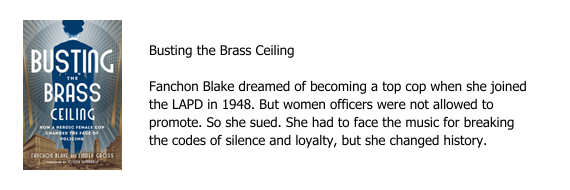Hear the word suspense, and you probably think of murder mysteries or thrillers. That makes total sense, since those books revolve around suspense. But suspense doesn’t have to be relegated to those genres. You can use it in almost any novel and even in narrative nonfiction. Why would you want to? One reason. Suspense keeps readers glued to your book.
Before we talk about suspense, let’s clear up one misconception. Suspense doesn’t equal surprise. Not that surprise is bad. On the contrary, as I point out in my Writing Lessons From my Dogs post about being open to surprises, hitting readers with something unexpected in fiction or nonfiction can grab and hold their attention.
But writing suspense starts with hooking your reader.
It continues with pacing. Reader anticipation and worry, rather than nonstop action, delivers suspense. You want to stretch out your scenes like rubber bands until they’re so taut you’re sure they’re going to break and snap in your face. So, even if the action is happening fast, you want to drive your readers nuts by slowing down your scene until they can hardly stand not knowing how things turn out.
Of course, you need to engage the reader by making them feel like they’re a part of the story. That means engaging in story-showing rather than storytelling. Just telling the reader what’s happening results in a flat account that doesn’t allow for building suspense or any other emotional engagement. You want readers to care about your main character(s). Then, put them in danger. And voila! Suspense.
As Steven James wrote in a 2013 Writer’s Digest article “6 Secrets to Creating and Sustaining Suspense“:
This doesn’t have to be a life-and-death situation. Depending on your genre, the threat may involve the character’s physical, psychological, emotional, spiritual or relational well-being. Whatever your genre, show that something terrible is about to happen—then postpone the resolution to sustain the suspense.
https://www.writersdigest.com/write-better-fiction/6-secrets-to-creating-and-sustaining-suspense
Ratchet up the stakes for your protagonist, reminding your reader what will happen if that main character doesn’t obtain what they’re after. Again, from James’ Writer’s Digest article:
We need to escalate the tension in our stories until it reaches a satisfying climax. Raise the stakes by making the danger more imminent, intimate, personal and devastating. So, if the moon explodes in Act 1, the entire galaxy better be at risk by Act 3. If tension doesn’t escalate, the suspense you’ve been developing will evaporate.
https://www.writersdigest.com/write-better-fiction/6-secrets-to-creating-and-sustaining-suspense
Keep escalating the tension and the pressure. Remember that rubberband you’re pulling tauter and tauter to slow down your scene and increase reader apprehension? For the big picture of your novel, I want you to think of a balloon. As you keep blowing in air, the balloon continues to inflate more and more and more until, you guessed it, the reader is postive it’s going to pop.
Don’t forget about the tried-and-true cliffhanger. Leaving your readers hanging at the end of a chapter will almost guarantee that they’ll want to read the next one to find out what happened. But, as Ryan G. Van Cleave points out in his Writer Magazine article “The Art of Suspenseful Fiction,” posing a question and then not answering it immediately will also keep readers wondering and reading. Of course, you need to answer the question before the end of your book, but you can tease your readers and keep them hanging for a lot of chapters.
Is all this drawn-out suspense going to materialize in your sloppy copy draft? Probably not. For most of my writing coach clients, layering in suspense as well as surprises often happens during the revision process. So, yes, you are going to have to revise your novel–and not just a single time. So, settle in and enjoy the process.




















0 Comments